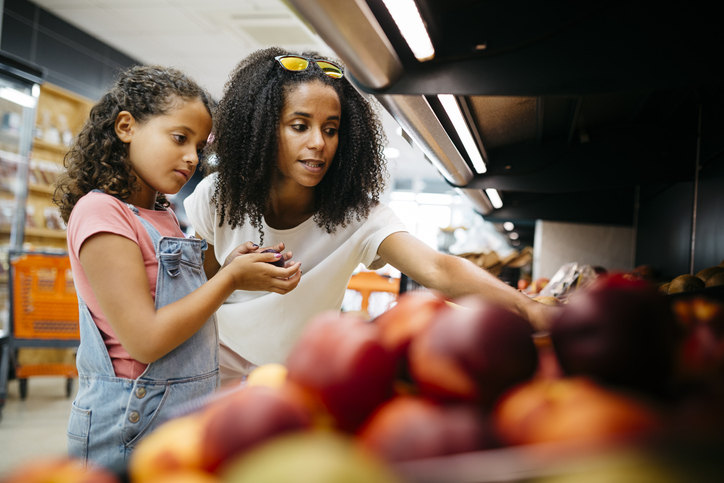
Source: SeventyFour / Getty
In a country where it seems every block has a drive-thru or 24/7 grocery store, the number of people who not only go hungry, but lack access to nutritious meals, is staggering. The Sustainable Development Solutions Network reports that over 42 million Americans face food insecurity. That figure applies year-round. However, the holidays sharpen the issue.
This time of year, families face an added pressure to provide an over-abundance of food to create a festive spirit, and to shell out more money for those higher-end, “holiday-worthy” items. For some families, that just means a slightly higher credit card bill. But for those who face food insecurity, it means so much more – like feeling unable to create precious holiday memories with family, on top of struggling to fill the refrigerator.
With the U.S. inflation calculator showing current food inflation at nearly 11 percent, this tragic reality is growing. So, why does food insecurity happen? Food disparities – and more specifically, food injustice. Food injustice is at the root of food insecurity. People from all groups face food insecurities, but the undeniable data reveals that certain groups face it at astronomically higher rates than others. If we’re going to fight food insecurity, we need to acknowledge and fight food injustice. Today we take a look at the layered causes and effects of food disparities in America.
What Is Food Injustice?

Source: Jordi Salas / Getty
In the United States, there are certain things that are considered basic human rights, like the right to liberty, to life, to freedom of expression and to education. But our society has long neglected to see access to nutritious food as a basic human right. We cannot consider the U.S. the land of the free and unlimited opportunity until…well…many, many things change. But one of those – and something that should be a top priority – is access to healthy food without hurdles.
That last part is key: without hurdles. Not everyone can get to or afford healthy food as easily as others. If someone must take three buses and spend half of their paycheck on healthy food, then they face hurdles. They face transportation and financial hurdles. Hurdles like these are the root causes of food injustice. Here is a more extensive list of hurdles:
- Lack of financial resources to pay for healthy food
- Lack of local stores selling healthy food
- Hectic work schedule making shopping at healthy stores during traditional hours difficult
- Lack of transportation to healthy food
- Lack of education/information on nutrition
- Poor housing conditions that make storing healthy food difficult or impossible
These are just some examples of the reasons food disparities occur. And they occur at higher rates among marginalized groups, namely: BIPOC, indigenous people, and members of the LGBTQ+ community. According to Feeding America, Black households are three times as likely as white ones to face food insecurity. And according to Partnership with Native Americans, one in four Native people face food insecurity.


0 Commentaires